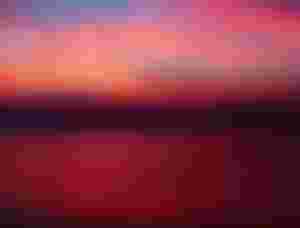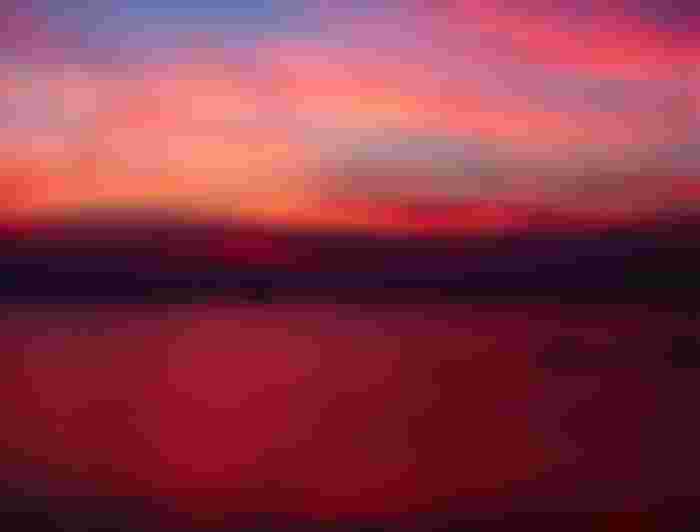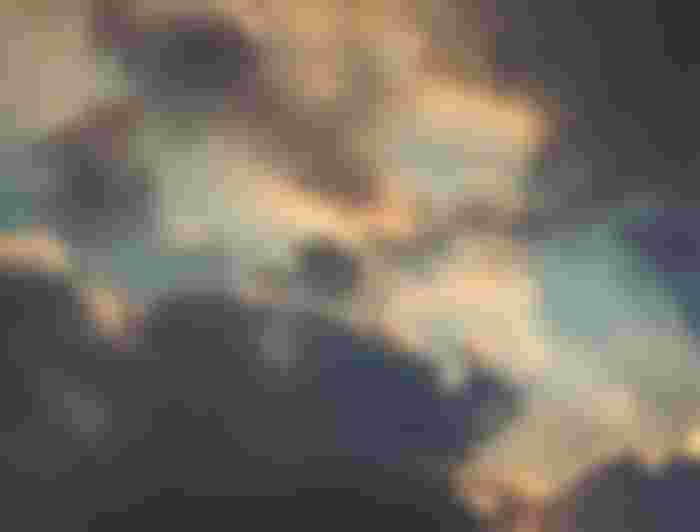Day and night we see the sky above our heads in the open. Plants, rivers are somewhere in the world, nowhere. Even houses, animals, people may not be everywhere. But there is no sky, such a fantasy on the surface
Hard to do.
During the day the sun spreads its rays around like a golden dish. At such times the sky is usually blue. Sometimes the sky is covered with white or black clouds. In the morning or evening there is a flood of colors in some parts of the sky. Ever বা or the whole sky floats in red light. The night sky is usually black, but the silver moon and the innumerable shining stars and planets are shining on that black canopy.
In the old days, people thought that the sky was a hard cover over the earth. Sometimes they thought, the sky is divided into layers.
Today we know that the blue canopy of the sky is not really made of anything difficult. In fact, this is a gas-filled space. The sky we see all the time is actually the lid of the earth's atmosphere. That atmosphere contains a mixture of nitrogen, oxygen, carbon dioxide and twenty other colorless gases. And there are water vapor and dust particles.
If the sky is a mixture of colorless gas, why does it look blue? Sometimes I play with white and red - or let's see what happens? In fact, white clouds contain innumerable tiny water particles formed by water vapor. Sometimes the accumulation of steam on these particles in the clouds makes them heavier and larger water particles are formed. Then the light of the sun cannot come through it, and so the color of the cloud is black.
But what makes the whole sky usually blue? The sky looks blue because there are various gas molecules scattered in the atmosphere. These gas particles can easily scatter light waves of very small size. We see these small waves of light as blue. That is, because there is a layer of air over the earth, the sky on the earth looks blue.

The color of the morning-afternoon-evening sky is not exactly the same. This is also due to the atmosphere above the earth. The light that falls on our eyes from the sun has to pass through the huge air layer above the earth. At noon this light comes directly, that is, almost vertically through the air layer. But in the morning or evening this light comes diagonally across the air layer. The light particles in the air is much more than at noon.
In the morning or evening, only the red light waves of the sun can travel a long way through the clouds and dust particles in the air. He then shows the cloud red. When large particles of dense rain-clouds cover the sky, light cannot pass through them, so it makes the clouds look black.

In the past, scientists used to test the sky above us by sending balloons into the air or by sending rockets with equipment. Today, man himself is traveling far and wide on the spacecraft. The moon has crossed the earth. Numerous spacecraft are orbiting the earth for one and a half hundred miles or more. It goes without saying that there is no air where it is moving.
Pictures of the earth are being taken day and night from the spacecraft. It is known where and when the weather will be like, what kind of crop is being harvested in which country. Telephone and television signals are being given right from the spacecraft. So communication with distant lands has become much easier today.


Nice explain about sky. Keep it up